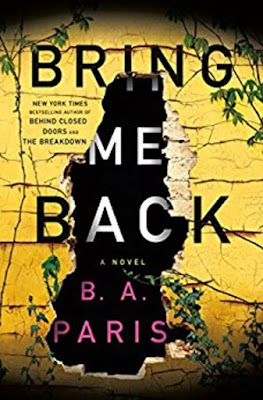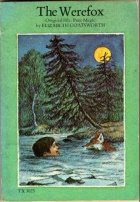It's Not About the Rose! by Veronika Martenova Charles
 It's Not About the Rose! by Veronika Martenova Charles. Illustrated by David Parkins (Canada) - (USA)
It's Not About the Rose! by Veronika Martenova Charles. Illustrated by David Parkins (Canada) - (USA)Easy-to-Read Wonder Tales
Pages: 64
Ages: 5+
Finished: Dec. 2, 2010
First Published: Oct. 12. 2010
Publisher: Tundra Books
Genre: children, easy reader, fairy tales
Rating: 5/5
First sentence:
"We are having a yard sale today." Ben told Lily and Jake.
Acquired: Received a review copy from Tundra Books.
Reason for Reading: My son read this out loud as his reader.
Three children, who appear to be 9 or 10 year olds are looking at the items at the yard sale when one finds a rose under glass and they try to piece together the Beauty and the Beast story until one boy says here let me tell you the story. Then another says a similar version they've heard and they proceed to tell an ethnic version of the Beauty and the Beast story. The rest of the book follows this pattern until all three children have told a fairy/folk tale from around the globe that is similar in some way to the famous version of Beauty and the Beast. Then the final chapter brings us back to the children at the yard sale. All the books in this series follow the same format.
This one is a little different in that it tells the original famous fairy tale first. All the other books assume you know the famous version well enough to hear variations but since the Disney version has become the most popular for today's child, Ms. Charles has started off with Joseph Jacobs' well-known European version, next is an Indonesian retelling where the beast is replaced with a lizard and finally a Norwegian tale where the best again is replaced, this time by a bear. Once again ds has enjoyed the stories very much, and I must say his reading has come along a bit through reading this series. He seems to have gotten over a hump he was stuck at all last year with his reading. This is my favourite of the series to date. Both ds and I loved the Lizardman story from Indonesia the best. Between each story there is a segue that returns to the original three children and introduces the new tale. The last page in the book tells the author's sources from which she based her tales that may perhaps inspire some to reading the original ethnic tales.


Comments
Post a Comment